Home>Furniture & Design>Interior Design Trends>What Is A Looking Glass
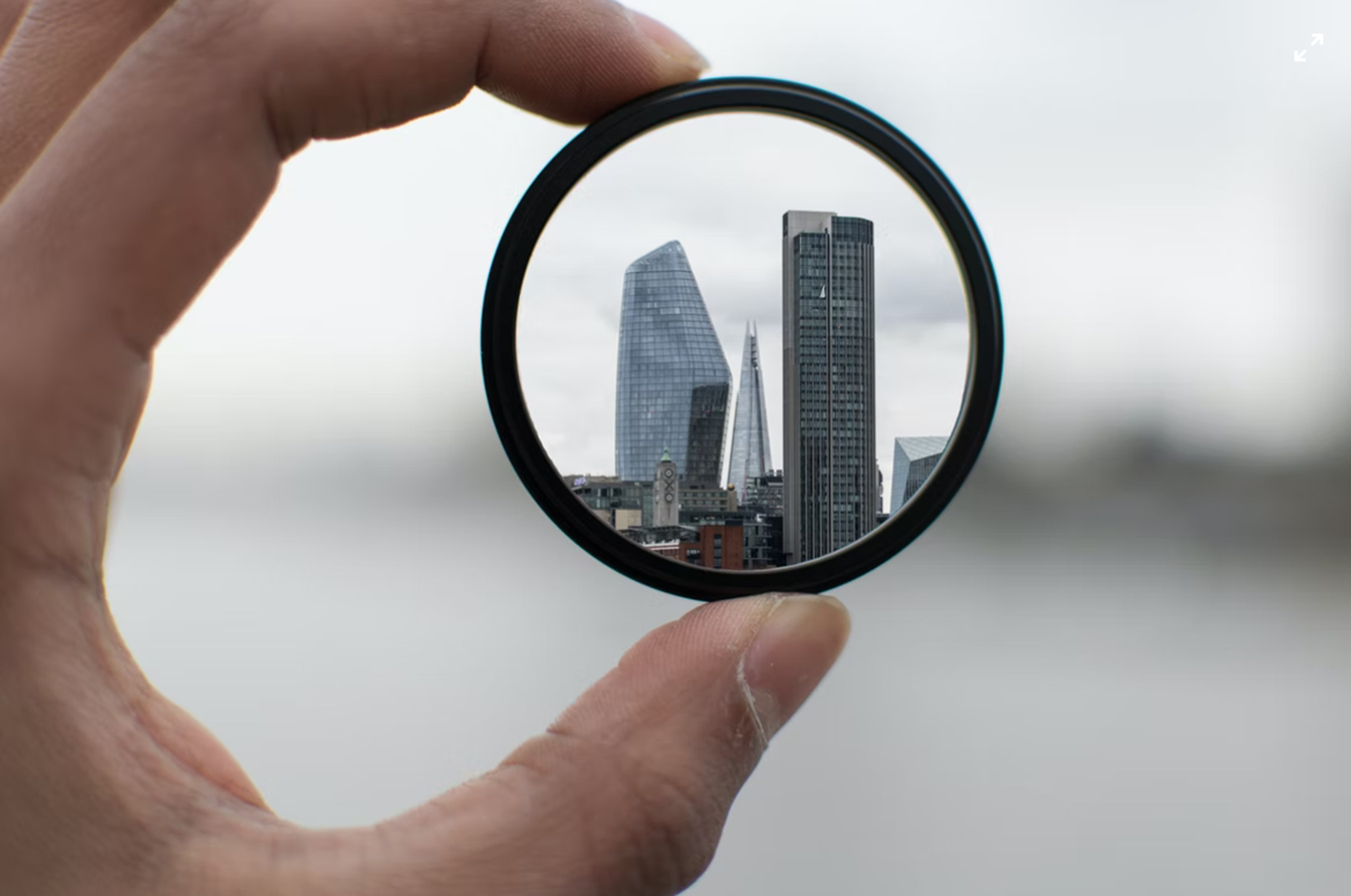

Interior Design Trends
What Is A Looking Glass
Published: February 4, 2024
Discover the latest interior design trends with our comprehensive guide to looking glass and its impact on modern decor. Explore innovative ideas and inspiration for incorporating looking glass into your home.
(Many of the links in this article redirect to a specific reviewed product. Your purchase of these products through affiliate links helps to generate commission for Storables.com, at no extra cost. Learn more)
Introduction
Looking glasses, often referred to as mirrors, are essential elements in interior design and everyday life. They serve as both functional and decorative pieces, adding depth, light, and style to any space. The significance of looking glasses extends beyond mere reflection, as they contribute to the overall ambiance and aesthetics of a room. In this article, we will delve into the world of looking glasses, exploring their history, types, functionality, and various applications. Join us on this captivating journey as we uncover the allure and practicality of these timeless design elements.
Key Takeaways:
- Looking glasses, also known as mirrors, are more than just reflective surfaces. They enhance natural light, create illusions of space, and serve as decorative accents, adding flair and visual interest to interiors.
- Understanding the advantages and limitations of looking glasses is crucial. They amplify space, light, and artistic expression, but require maintenance, style compatibility, and safety considerations for effective use in interior design.
Read more: What Does Tempered Glass Look Like
Definition of a Looking Glass
A looking glass, commonly known as a mirror, is a reflective surface that accurately reproduces the visual appearance of objects placed in front of it. It is typically composed of a sheet of glass with a reflective coating on one of its sides, allowing light to be reflected and form an image. The term "looking glass" harkens back to a time when mirrors were a rare and valuable commodity, often associated with luxury and elegance.
Looking glasses come in various shapes, sizes, and designs, catering to diverse aesthetic preferences and functional requirements. They are integral to interior design, serving as focal points, enhancing spatial perception, and contributing to the overall ambiance of a room. Beyond their decorative role, looking glasses play a crucial part in personal grooming, allowing individuals to assess their appearance and attire with precision.
The term "looking glass" carries a sense of nostalgia, evoking images of ornate, gilded mirrors adorning grand halls and opulent chambers. However, modern iterations of looking glasses encompass a wide spectrum of styles, from sleek and minimalist to intricately embellished, reflecting the evolving tastes and design trends of contemporary society.
In essence, a looking glass is not merely a reflective surface; it is a multifaceted element that intertwines functionality, artistry, and practicality. Its ability to capture and reflect light, create the illusion of space, and infuse a sense of sophistication makes it an indispensable component of interior design and everyday life.
History of Looking Glasses
The history of looking glasses is a captivating journey that spans centuries, encompassing cultural, technological, and artistic evolution. The origins of mirrors can be traced back to ancient civilizations, where reflective surfaces were crafted from polished metals, obsidian, or highly polished stones. These rudimentary mirrors, though lacking the clarity and precision of modern looking glasses, served as essential tools for personal grooming and self-reflection.
The ancient Egyptians are credited with creating some of the earliest known mirrors, utilizing polished copper to achieve reflective surfaces. These mirrors held significant cultural and religious symbolism, often associated with divine entities and the afterlife. The ancient Greeks and Romans further refined the art of mirror-making, utilizing materials such as silver and gold to enhance reflective quality.
During the Middle Ages, the production of mirrors experienced a significant shift with the introduction of glass as the primary reflective material. Venetian glassmakers pioneered the craft of creating clear, flat glass, laying the foundation for the modern looking glass. The 16th and 17th centuries witnessed a surge in mirror production, particularly in regions such as Venice and France, where skilled artisans perfected the art of silvering glass to create highly reflective surfaces.
The industrial revolution marked a turning point in the history of looking glasses, as advancements in manufacturing techniques and materials led to mass production and widespread accessibility. Mirrors transitioned from being luxury items reserved for the elite to becoming commonplace fixtures in households and public spaces.
The 20th century brought further innovation to mirror design, with the introduction of safety glass, which reduced the risk of breakage and injury. Additionally, modern technologies have enabled the creation of mirrored surfaces with varying tints, coatings, and shapes, expanding the creative possibilities for interior designers and architects.
Today, looking glasses continue to evolve, blending traditional craftsmanship with contemporary aesthetics and functionality. From ornate, antique-inspired designs to sleek, frameless mirrors, the history of looking glasses has paved the way for a diverse array of styles and applications, solidifying their status as indispensable elements of interior design and personal grooming.
The rich history of looking glasses serves as a testament to their enduring appeal and significance, transcending time and cultural boundaries to remain integral to human expression, self-reflection, and spatial enhancement.
Types of Looking Glasses
Looking glasses come in a diverse array of types, each offering unique characteristics and visual appeal. Understanding the various types of looking glasses is essential for selecting the most suitable options to complement specific interior design themes and functional requirements. Here are some prominent types of looking glasses:
-
Wall-Mounted Mirrors: These mirrors are designed to be affixed to walls, offering versatility in terms of placement and usage. They come in a wide range of shapes and sizes, from rectangular and oval to irregular and asymmetrical, catering to different design preferences.
-
Floor-Length Mirrors: As the name suggests, floor-length mirrors are tall and often full-body sized, providing a comprehensive reflection of individuals and spaces. These mirrors are commonly used in bedrooms, dressing areas, and retail settings to facilitate outfit selection and visual assessment.
-
Vanity Mirrors: Vanity mirrors are specifically crafted for grooming and personal care routines. They are often equipped with adjustable lighting and magnification features, making them ideal for precise makeup application, skincare, and hair styling.
-
Decorative Mirrors: These mirrors are designed to serve as decorative accents, adding flair and visual interest to interiors. They come in a myriad of ornate frames, geometric shapes, and artistic designs, functioning as statement pieces that enhance the aesthetic appeal of any space.
-
Frameless Mirrors: Frameless mirrors exude a modern and minimalist aesthetic, seamlessly blending into various design schemes. Their sleek and unobtrusive appearance makes them versatile for both contemporary and traditional settings, offering a clean and understated reflective surface.
-
Antique Mirrors: Antique mirrors exude timeless charm and character, often featuring intricate frames, distressed finishes, and vintage detailing. These mirrors add a touch of nostalgia and elegance to interiors, serving as captivating focal points with historical allure.
-
Tinted Mirrors: Tinted mirrors incorporate colored or tinted glass, offering a subtle yet impactful visual effect. They can be used to introduce warmth, drama, or a contemporary edge to spaces, creating a captivating interplay of light and color.
-
Smart Mirrors: With technological advancements, smart mirrors have emerged as innovative additions to modern interiors. These mirrors are equipped with integrated displays, lighting controls, and interactive features, transforming them into multifunctional and futuristic elements.
Understanding the distinct characteristics and applications of these various types of looking glasses empowers interior designers, homeowners, and decorators to make informed choices that align with their design vision and practical needs. Whether aiming to create an illusion of space, enhance natural light, or introduce a captivating focal point, the diverse range of looking glasses offers endless possibilities for elevating interior aesthetics and functionality.
How Looking Glasses Work
Looking glasses, or mirrors, operate based on the principles of reflection and refraction. When light encounters a reflective surface, such as the glass of a mirror, it undergoes a process that results in the formation of a virtual image. Understanding the underlying mechanisms of how looking glasses work sheds light on their functionality and the mesmerizing interplay of light and reflection.
The reflective nature of mirrors is attributed to the smoothness and flatness of the glass surface, which allows light to bounce off it in a predictable manner. When light rays strike the mirror at an angle, they obey the law of reflection, which states that the angle of incidence is equal to the angle of reflection. This phenomenon causes the light rays to bounce off the mirror, preserving their original angles and forming an image.
The image formed in a mirror is virtual, meaning it appears to be located behind the mirror surface. This virtual image is a result of the brain's interpretation of the reflected light rays, creating the illusion of depth and spatial extension. The reflective properties of mirrors enable them to accurately reproduce the visual characteristics of objects, including their shape, color, and texture.
In addition to reflection, mirrors also exhibit the phenomenon of refraction, albeit to a lesser extent. Refraction occurs when light passes through the glass of the mirror, causing a slight bending of the light rays. While refraction does not play a primary role in the formation of mirror images, it contributes to the overall behavior of light as it interacts with the mirror surface.
The reflective and refractive properties of mirrors make them indispensable elements in interior design, architecture, and optical instruments. By harnessing the principles of reflection and refraction, looking glasses have the power to enhance natural light, create the illusion of space, and contribute to the visual dynamics of a room. Whether used to amplify the ambiance of a space or facilitate personal grooming, the captivating workings of looking glasses underscore their enduring allure and functional significance.
A looking glass is another term for a mirror. It reflects light to create an image of whatever is in front of it. Keep it clean for a clear reflection.
Read more: What Does A Margarita Glass Look Like
Uses of Looking Glasses
Looking glasses serve a myriad of practical and aesthetic purposes, making them indispensable elements in interior design, architecture, and everyday life. Their versatile nature and transformative capabilities enable them to fulfill diverse functions, elevating the visual appeal and functionality of spaces. Here are some prominent uses of looking glasses:
-
Enhancing Natural Light: Placing mirrors strategically can amplify natural light within a room by reflecting and dispersing sunlight throughout the space. This not only creates a brighter and more inviting ambiance but also reduces the need for artificial lighting during daylight hours, contributing to energy efficiency.
-
Creating Illusions of Space: Mirrors are adept at creating the illusion of expanded space, making them invaluable in smaller rooms or areas with limited natural light. When positioned to reflect open areas or architectural features, mirrors impart a sense of depth and airiness, visually enlarging the perceived dimensions of the space.
-
Decorative Accents: Decorative mirrors serve as captivating focal points, adding flair and visual interest to interiors. Their reflective surfaces and ornate frames contribute to the overall aesthetic appeal of a room, serving as artistic elements that enhance the ambiance and style.
-
Facilitating Personal Grooming: Vanity mirrors play a crucial role in personal grooming routines, providing individuals with a clear and accurate reflection for makeup application, hairstyling, and skincare. Adjustable lighting and magnification features further enhance their functionality, ensuring precision and convenience during grooming rituals.
-
Artistic Expression: Mirrors can be utilized as artistic and design elements, reflecting unique patterns, textures, and colors to create captivating visual compositions. When employed thoughtfully, mirrors contribute to the artistic narrative of a space, adding depth and dimension to the overall design scheme.
-
Spatial Enhancement: Mirrors strategically placed in hallways, entryways, and transitional spaces can enhance the flow and connectivity of different areas within a home or commercial setting. By reflecting adjacent spaces or architectural details, mirrors foster a cohesive and harmonious spatial experience.
-
Retail and Commercial Applications: In retail environments, mirrors play a pivotal role in fitting rooms, enabling customers to assess clothing and accessories from various angles. Additionally, mirrors are utilized in commercial settings to enhance the ambiance, create focal points, and optimize spatial functionality.
-
Framing Views and Landscapes: Mirrors positioned to reflect outdoor views or scenic landscapes bring the beauty of nature indoors, infusing interiors with a sense of tranquility and connection to the external environment. This application is particularly effective in urban settings or spaces with limited access to natural vistas.
The diverse uses of looking glasses underscore their versatility and impact on interior aesthetics, functionality, and spatial dynamics. Whether employed to manipulate light, expand space, or serve as decorative elements, looking glasses continue to be essential components of interior design, offering endless possibilities for creative expression and practical enhancement.
Advantages and Disadvantages of Looking Glasses
Looking glasses, with their multifaceted functionality and visual allure, offer a host of advantages that contribute to interior design, personal grooming, and spatial enhancement. However, alongside their numerous benefits, certain limitations and considerations warrant attention. Understanding the advantages and disadvantages of looking glasses is essential for informed decision-making and effective utilization within diverse contexts.
Advantages
1. Spatial Enhancement:
Looking glasses are instrumental in creating the illusion of expanded space, especially in smaller or confined areas. By strategically placing mirrors to reflect open spaces or architectural features, designers can visually enlarge the perceived dimensions of a room, fostering a sense of airiness and openness.
2. Light Amplification:
Mirrors have the ability to amplify natural light within a space by reflecting and dispersing sunlight. This not only enhances the overall brightness and ambiance but also reduces the reliance on artificial lighting during daylight hours, contributing to energy efficiency and cost savings.
3. Decorative Versatility:
The decorative potential of looking glasses is vast, with a myriad of styles, shapes, and frames to complement diverse design themes. Decorative mirrors serve as captivating focal points, adding flair and visual interest to interiors while contributing to the overall aesthetic appeal of a room.
4. Personal Grooming Aid:
Vanity mirrors equipped with adjustable lighting and magnification features facilitate precise makeup application, hairstyling, and skincare routines. Their clear and accurate reflection enhances the grooming experience, ensuring convenience and accuracy in personal care rituals.
5. Artistic Expression:
Mirrors can be utilized as artistic and design elements, reflecting unique patterns, textures, and colors to create captivating visual compositions. When employed thoughtfully, mirrors contribute to the artistic narrative of a space, adding depth and dimension to the overall design scheme.
Disadvantages
1. Maintenance and Cleaning:
One of the primary challenges associated with looking glasses is the maintenance and cleaning required to preserve their reflective clarity. Dust, smudges, and streaks can detract from the mirror's visual appeal, necessitating regular upkeep to ensure optimal reflective quality.
2. Visual Distortion:
In some cases, mirrors may introduce visual distortion or warping, particularly in lower-quality or improperly installed mirrors. This can affect the accuracy of reflections and compromise the overall aesthetic and functional integrity of the mirror.
3. Fragility and Safety Concerns:
Traditional glass mirrors are inherently fragile and pose safety risks if mishandled or broken. Additionally, the presence of large, unsecured mirrors in high-traffic areas may raise concerns regarding potential breakage and injury.
4. Overwhelming Reflections:
Excessive use of mirrors in certain settings can lead to overwhelming reflections, creating visual clutter and disrupting the overall harmony of a space. Careful consideration of placement and quantity is essential to avoid an overly reflective environment.
5. Style Compatibility:
Selecting mirrors that harmonize with the overall design aesthetic of a space can be challenging. Ensuring that the style, size, and placement of mirrors align with the existing decor and architectural elements requires thoughtful consideration and design expertise.
In summary, the advantages of looking glasses encompass spatial enhancement, light amplification, decorative versatility, personal grooming aid, and artistic expression. However, considerations regarding maintenance, visual distortion, fragility, overwhelming reflections, and style compatibility underscore the importance of thoughtful integration and mindful utilization of mirrors within interior design and architectural contexts. By leveraging their strengths and addressing potential limitations, looking glasses continue to be invaluable assets in shaping captivating and functional spaces.
Read more: What Does A Wine Glass Look Like
Conclusion
In conclusion, looking glasses, or mirrors, stand as timeless and versatile elements that transcend mere reflection, offering a myriad of advantages and creative possibilities in interior design, personal grooming, and spatial enhancement. Their rich history, spanning ancient civilizations to modern innovations, underscores their enduring appeal and significance in human expression and spatial dynamics.
From enhancing natural light and creating illusions of space to serving as decorative accents and personal grooming aids, looking glasses play multifaceted roles that contribute to the visual appeal, functionality, and ambiance of diverse settings. Their ability to manipulate light, expand perceived dimensions, and infuse artistic expression underscores their indispensable nature in shaping captivating and functional spaces.
While the advantages of looking glasses are abundant, considerations regarding maintenance, visual distortion, safety concerns, overwhelming reflections, and style compatibility warrant thoughtful integration and mindful utilization within interior design and architectural contexts. By leveraging their strengths and addressing potential limitations, looking glasses continue to be invaluable assets in shaping captivating and functional spaces.
As the design landscape evolves and embraces new technologies and materials, the allure and practicality of looking glasses persist, adapting to contemporary aesthetics and functional demands. Their reflective and refractive properties, coupled with their decorative versatility, position them as enduring elements that enrich interiors, foster spatial connectivity, and elevate the overall experience of a space.
In essence, looking glasses are not merely reflective surfaces; they are conduits of light, space, and artistic expression. Their ability to transform and enliven interiors, while serving practical functions, cements their status as essential components of interior design and everyday life. Whether employed to amplify natural light, create captivating visual compositions, or facilitate personal grooming, looking glasses continue to captivate and inspire, embodying the timeless allure of reflection and the boundless potential of design.
Frequently Asked Questions about What Is A Looking Glass
Was this page helpful?
At Storables.com, we guarantee accurate and reliable information. Our content, validated by Expert Board Contributors, is crafted following stringent Editorial Policies. We're committed to providing you with well-researched, expert-backed insights for all your informational needs.

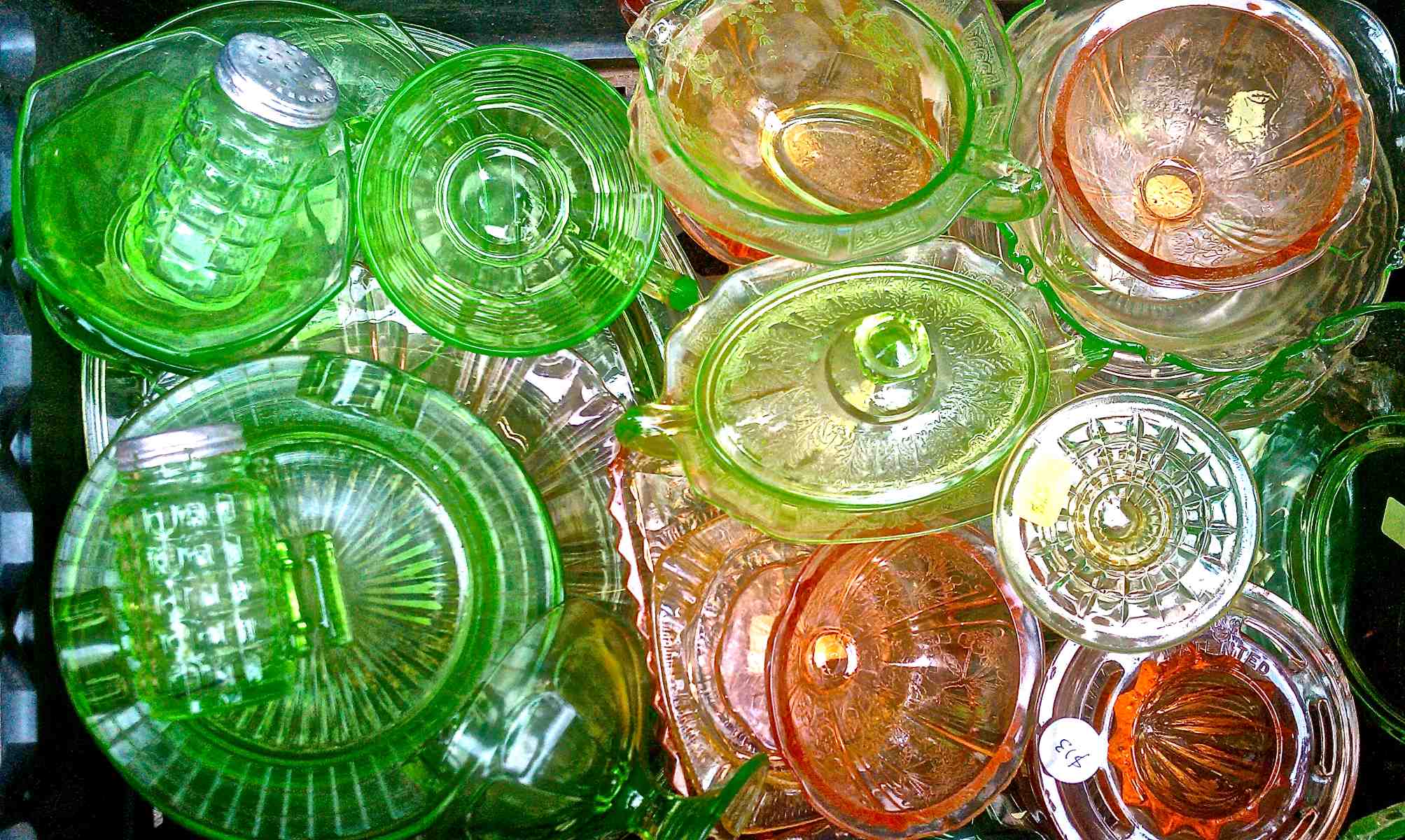



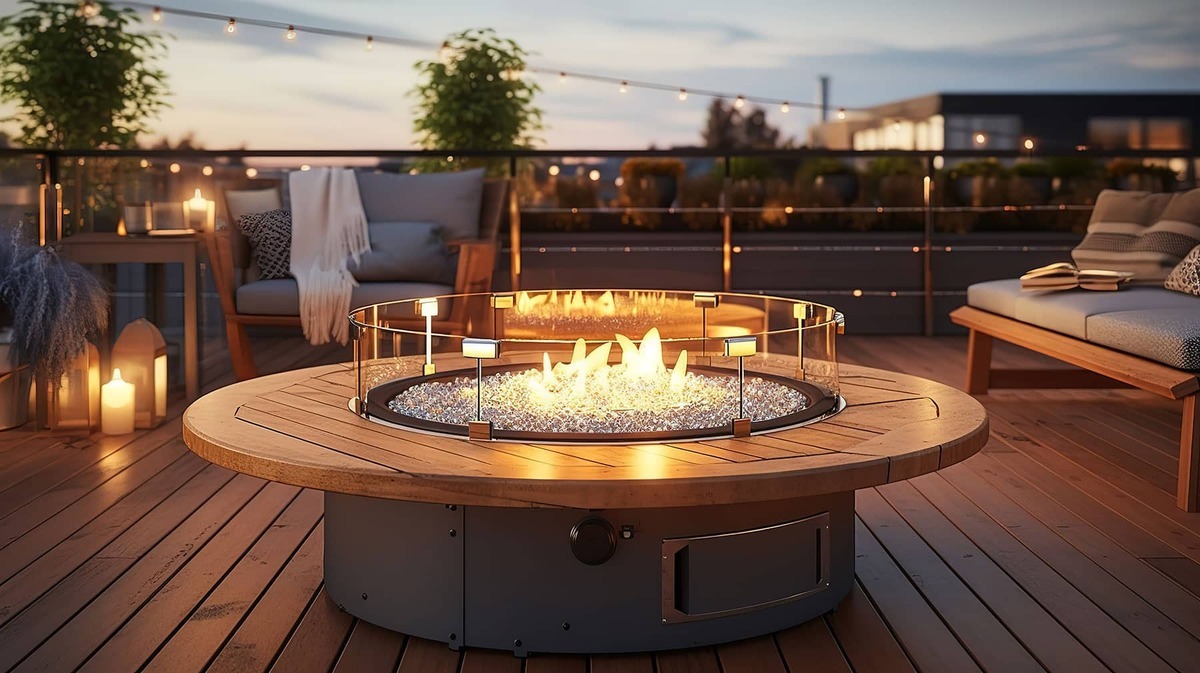
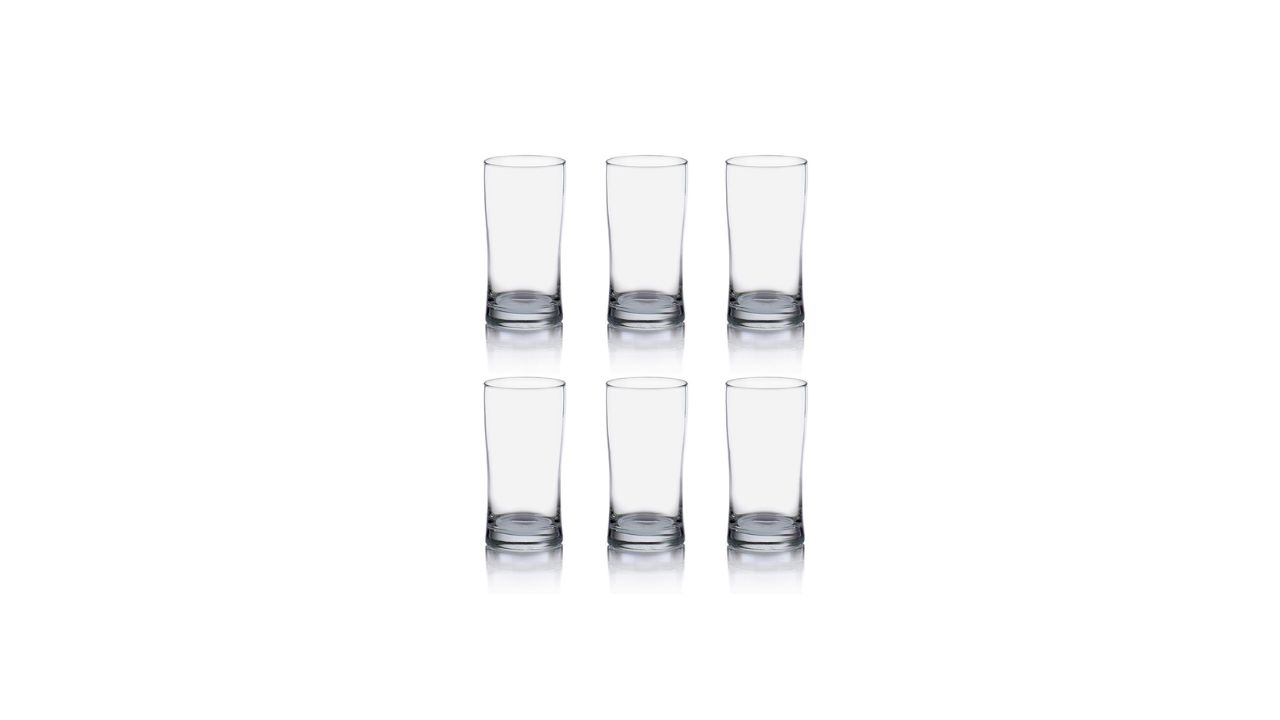


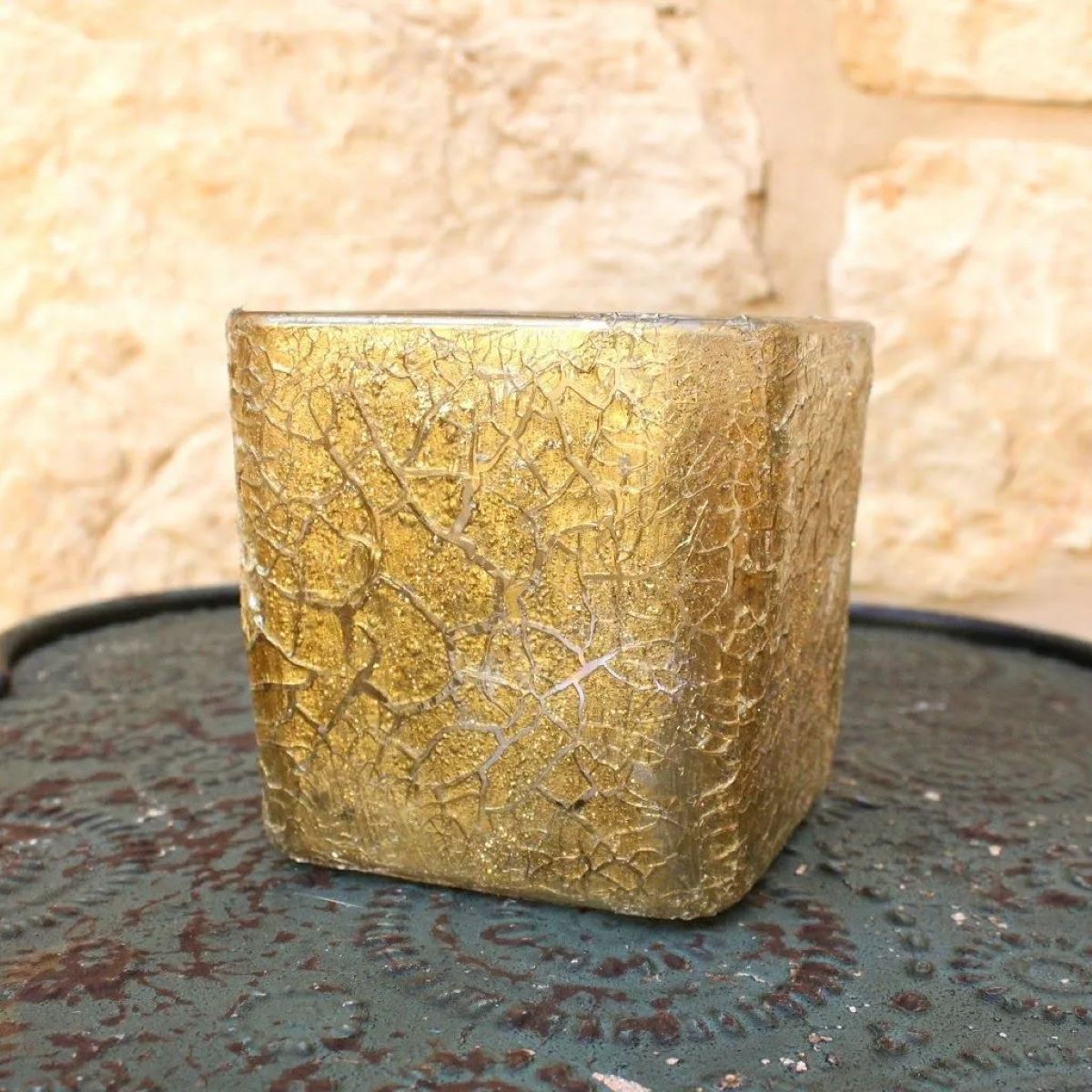

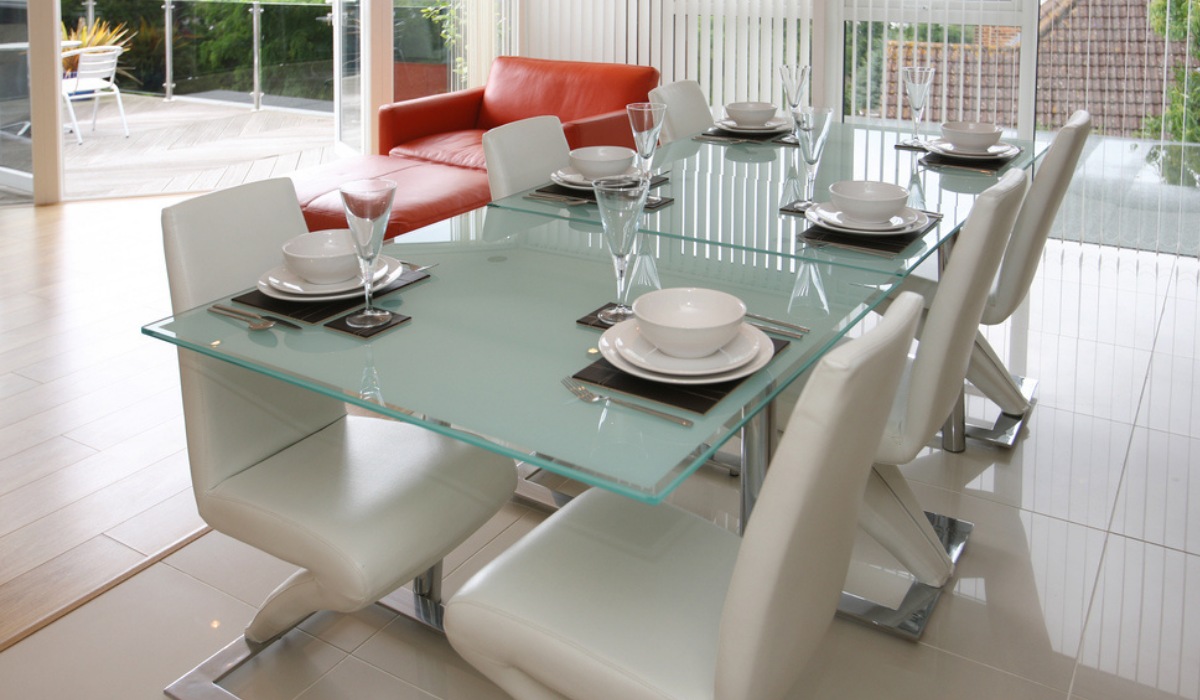
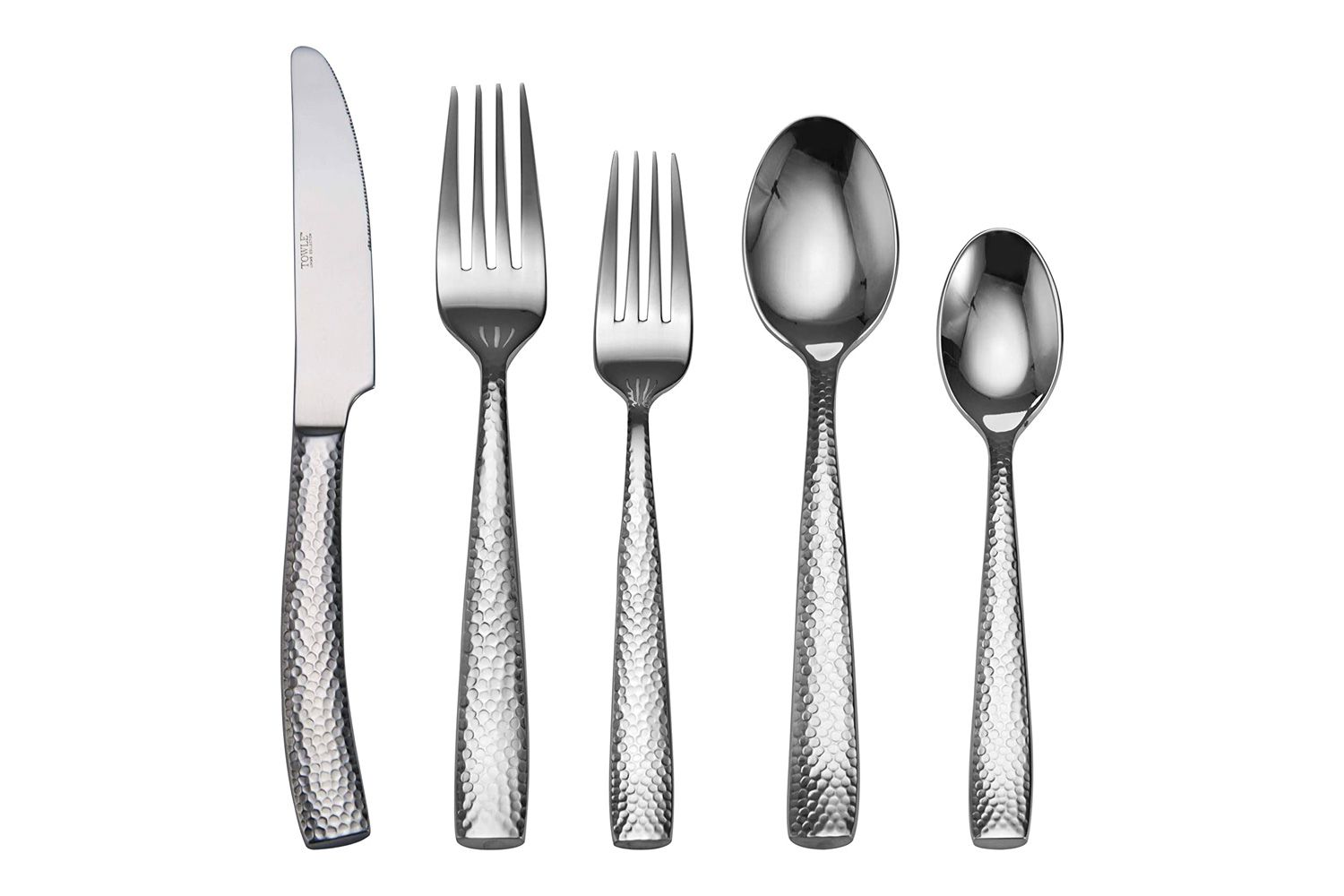

0 thoughts on “What Is A Looking Glass”